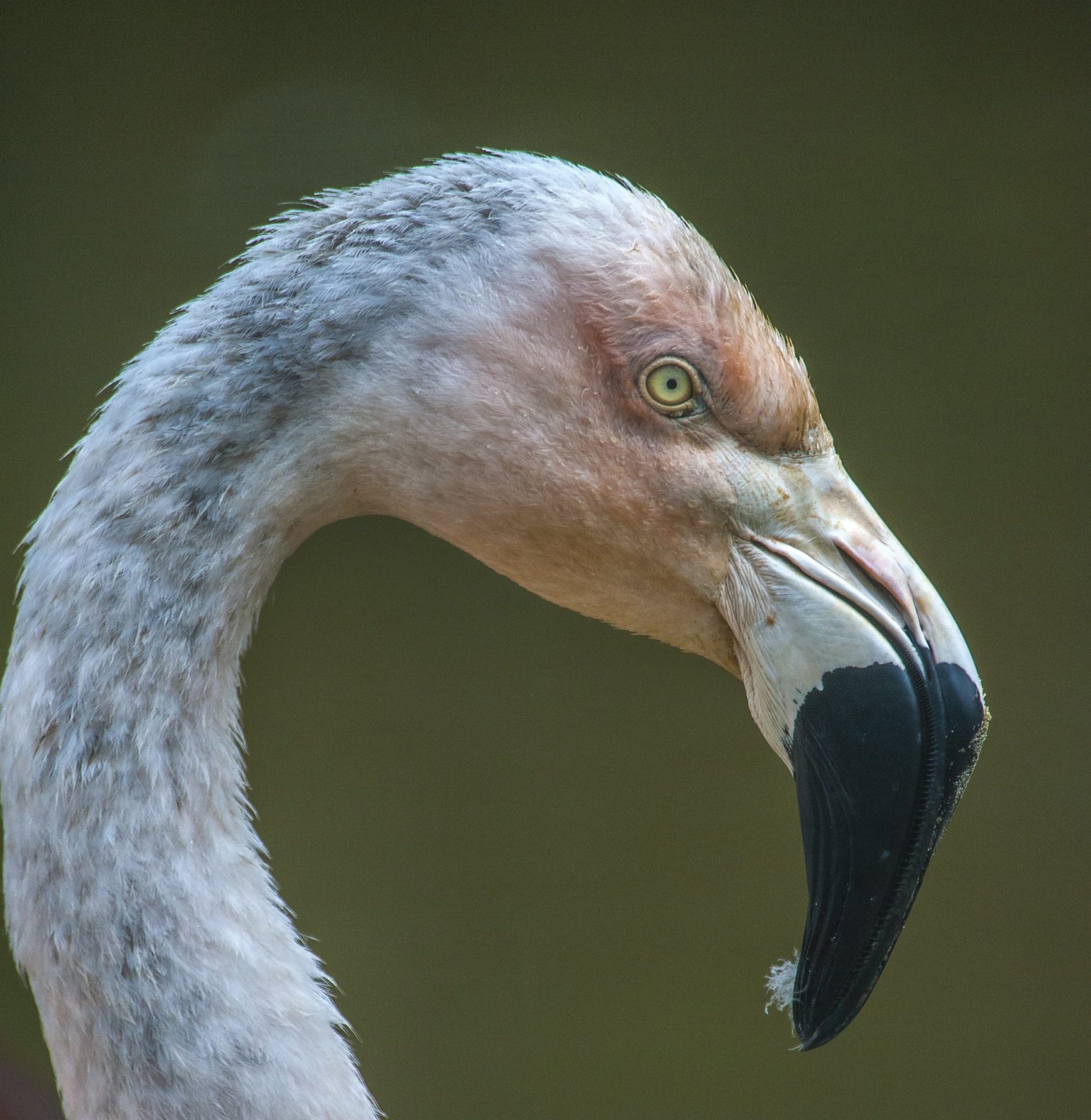

Found in Brazil, Ecuador, Chile, Peru and Argentina the Chilean flamingo are one of the larger flamingo species.
That’s why we’ve also provided them with a heated pool house. Lucky flamingos!
With their distinctive pink feathers, long spindly legs and the ability to stand on one leg for up to four hours our Chilean flamingos are instantly recognisable.
Did you know that when a flamingo chick is born, it isn’t pink at all? In fact it’s a dull grey colour. The familiar pink colour comes from their diet. Their natural diet would consist of mainly algae, shrimp and plankton. All these have what they call ‘carotenoid’ (the same pigment which makes carrots orange). It’s this pigment, or colouring, that turns flamingos pink.
Flamingo numbers have gone down in the last fifty years or so. The main reasons for this are changes in their habitat, increased hunting and environmental factors too.
Latin name
Phoenicopterus chilensis
Class
Aves
Order
Phoenicopteriformes
Family
Phoenicopteridae
Conservation status
Near threatened
Impress your friends with everything you know about Chilean flamingos!
There are many names which describe a large gathering of flamingos. They’re sometimes referred to as a stand of flamingos. Or how about a regiment or a colony? All good but here at Folly Farm we have a particular favourite and it’s this – a flamboyance of flamingos…we think that sums them up nicely, don’t you?
They lay only one egg a year.
It’s designed that way so they can filter feed in the water. They actually hold it upside down to filter out the small bits of food in the water and it actually looks like they are ‘nibbling’ the surface.
Our Chilean flamingos can reach a height of about 130cm (51 inches) whereas the greater flamingo is the largest flamingo in the world and they can grow up to 187cm (74 inches) tall.
Well…there’s lots of people with lots of different theories on this but the one that we accept the most is that they do it in order to save energy and preserve body heat.




